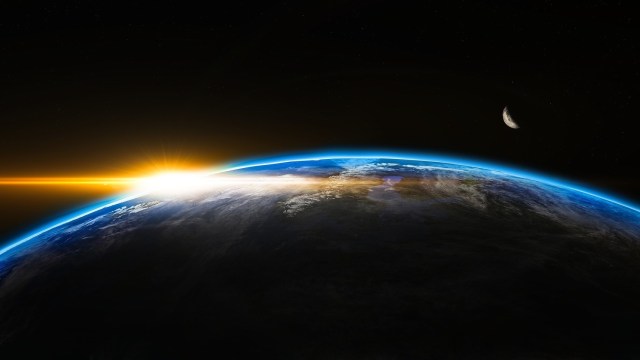Love Science, Space and Physics? This Holiday Gift Guide Is For You

The best books, calendar, accessories and more are all just one click away.
Every year, there are no shortage of wonderful, exciting, informative gifts you could get for those who matter to you most. If someone you know loves space, science, or physics, though, you’ve entered quite a niche market. There are books, calendars, and apparel galore available, but if you’re looking for the cream of the crop in terms of accuracy and quality, you want to make sure you’re getting something that’s been vetted by an expert.
As the year approaches its end and we enter the busiest holiday season of all, it’s time to present to you the official Starts With A Bang holiday gift guide for 2018. My favorite picks are below, along with some honorable mentions. Let’s dive in!
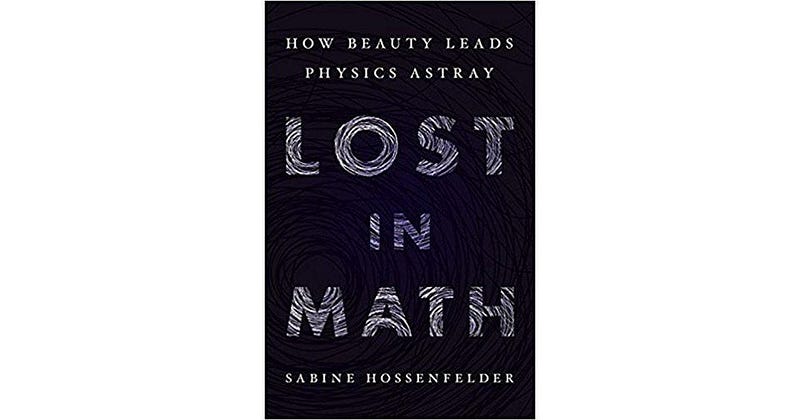
Best pure physics book: Lost In Math by Sabine Hossenfelder. Have you noticed that it’s been a while since we’ve discovered a new particle? Sure, there was the Higgs boson back in 2011, but that was predicted more than 50 years ago. There were the last of the neutrinos and antineutrinos in the 1990s and early 2000s, and the top quark was a big deal back in 1994. But these particles are part of the Standard Model. Searches for new particles, from supersymmetry to extra dimensions to dark matter candidates to string theory have all come up empty.
So why are physicists continuing to do the same things they’ve been doing and expect a different result? Sabine takes a wonderfully in-depth look at our past successes and current failures, and points out a whole slew of things we’re doing wrong. There aren’t necessarily answers for how to do it right, but for an understanding of theoretical particle physics and the trouble it’s in, you won’t find a better read. (You can find my full review here.)
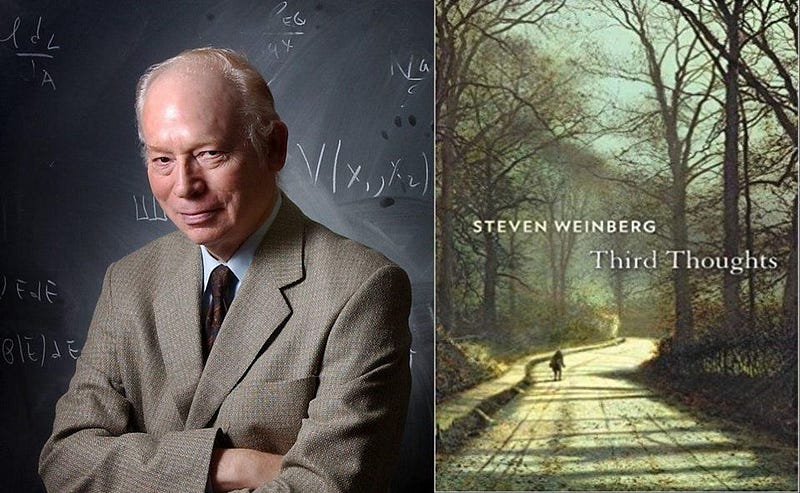
Honorable mention: Third Thoughts by Steven Weinberg. In an incredible contrast to Lost In Math, Weinberg looks at the same evidence and reaches the opposite conclusion. One of the 20th century’s greatest physicists, in this collection of essays, shares his strongly-held opinions on everything from the Higgs boson to the state of theoretical physics and the problems of science and society. If you’re a big Steven Weinberg fan, you won’t want to miss his latest.
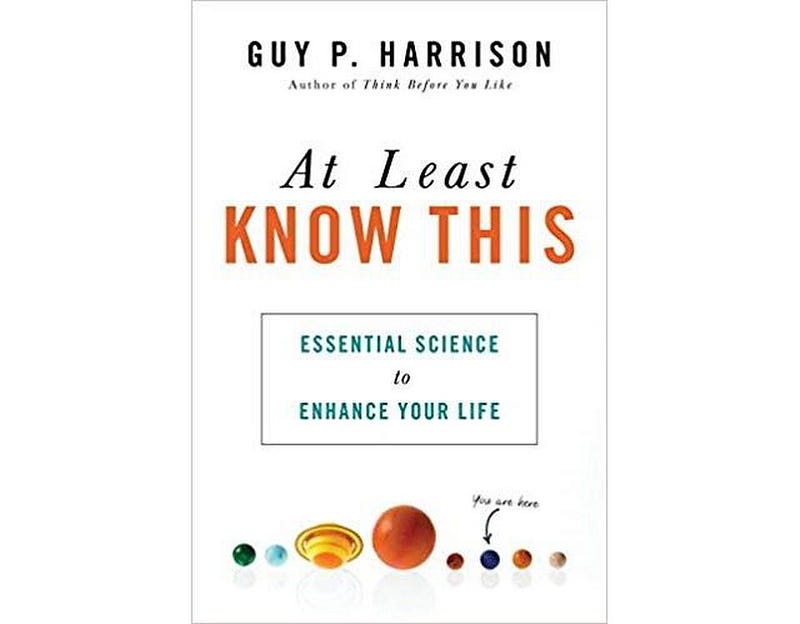
Best overview of the big questions: At Least Know This by Guy P. Harrison. Writing like a more optimistic version of Bill Bryson, Harrison’s latest book offers a grand tour from the farthest reaches of the Universe down to Earth, life, and the journey into our own selves. When we ask the question, “Who are we?” we rarely expect to get an answer, as the exploration of the question is usually the biggest reward. But Harrison’s earnestness provides the answers as best as humanity knows them, and the result is an incredibly satisfying story that’s sure to enlighten and illuminate any curious mind.
What surprised me the most about this book is how easy it was to read. Covering a wide variety of topics, from the formation of the Moon to the workings of the human mind to the fate of the Universe, Harrison seems equally comfortable on all these diverse footings, without delving into any of the pseudoscientific nonsense that often accompanies such accounts. Best of all, you can actually feel the love Harrison has for the answers, and it’s infectious. I highly recommend this one.
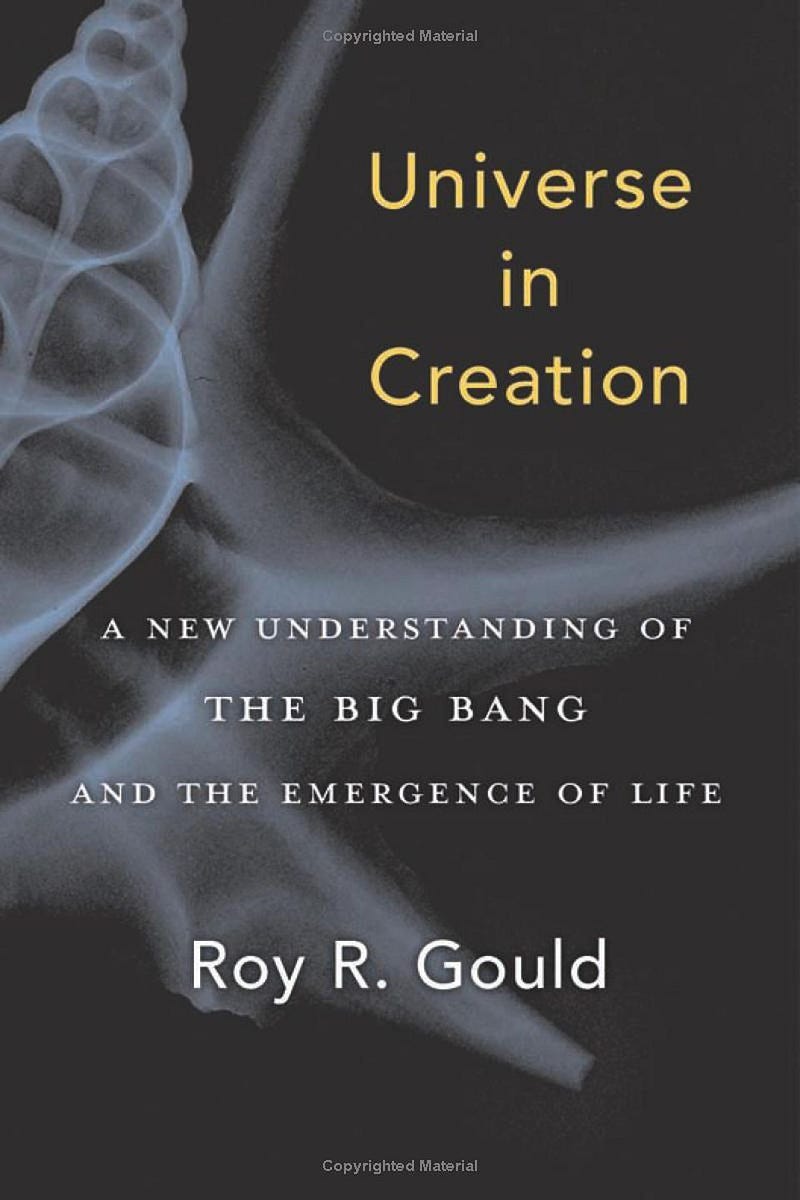
Honorable mention: Universe in Creation by Roy R. Gould. We all know that the Universe has laws that govern it, that by following those laws for 13.8 billion years, it led to the stars, galaxies, planets, and life populating it today, and that we are the result of random chance: not pre-destiny. But in a unique take on the cosmos, Gould makes the case that the emergence of a great many things are not only pre-ordained, but predictable.
The style of this book definitely rubbed me the wrong way, feeling like the cliched “Ivory Tower” professor sharing bits-and-pieces of protected knowledge while keeping the full story behind an inaccessible veil, but that may just be an older style that isn’t my personal one. If you’re someone who wants a different take on the Universe than you’re likely to get from someone like me, Gould’s book is an interesting read that’s equally, fundamentally sound and correct.
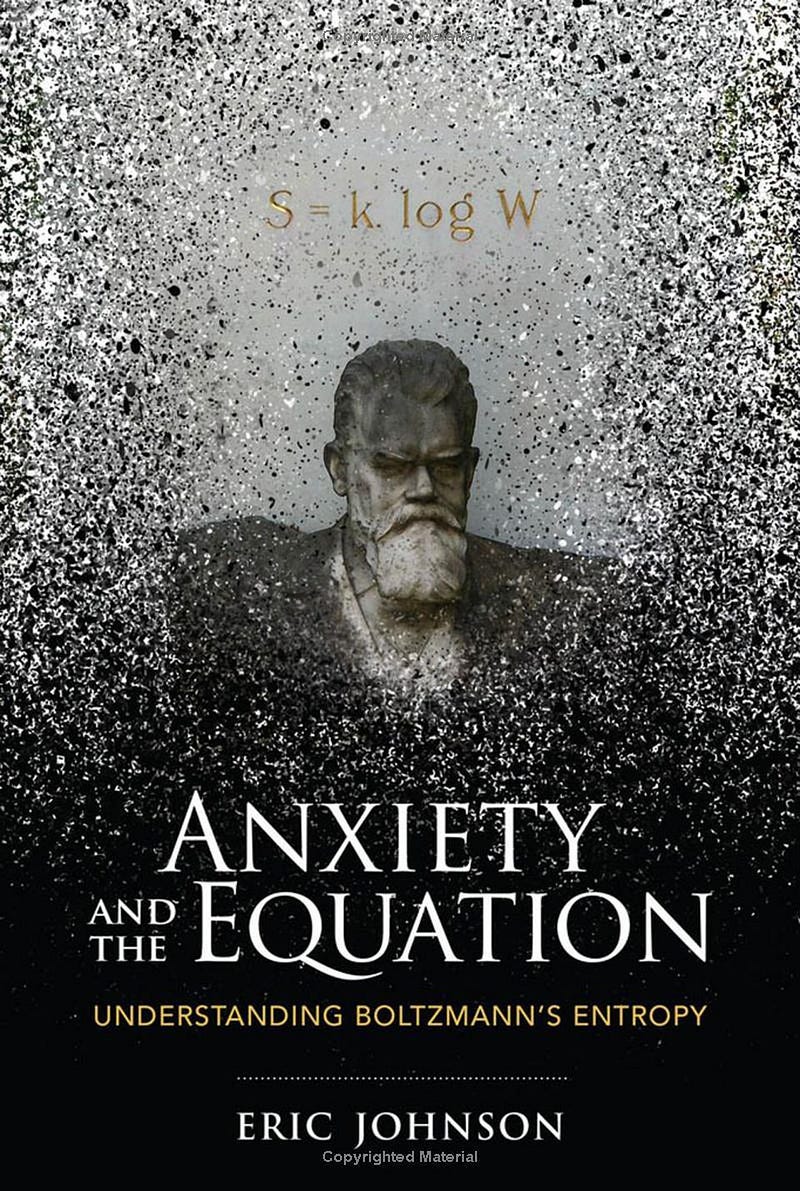
Best murder-science story: Anxiety And The Equation by Eric Johnson. You can’t really call it a murder-mystery when the first chapter is entitled “Boltzmann kills himself,” but the story really gets interesting in its exploration of why. Boltzmann’s ideas about the macroscopic Universe and how it worked at a microscopic level were simultaneously brilliant, correct, and so counterintuitive that he was ridiculed constantly both publicly and privately.
Many of you reading this will immediately feel empathy for someone you know who took their own lives due to internal and external pressures like this, and some of you (like me) know people who did this within the field of physics, where this aspect of the culture remains problematic today. Nevertheless, the physics is brilliant and clearly explained, and the story is well-told with a lot of sympathy for its protagonist. If you like science biographies and ever had an interest in thermodynamics, entropy, or the connection between the world we see and the particle-based world beneath it, you might truly enjoy this book.
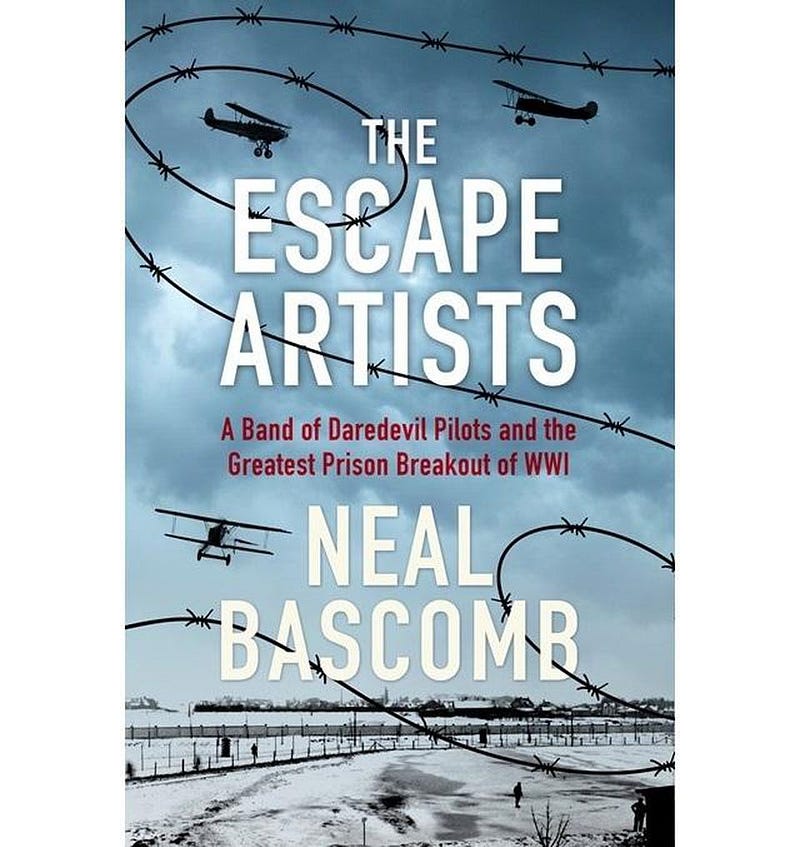
Honorable mention: The Escape Artists by Neal Bascomb. Can you consider it “science” when you’re a pilot or engineer who takes part in the biggest prison break in the history of the Great War? This book was too good for me not to include it on the list, as Neal Bascomb’s incredibly well-researched story makes you feel like you’re viewing a detailed painting of historical fiction rather than reading a non-fiction story about the real thing.
This is the second book of Neal’s I’ve read, truly enjoying The Winter Fortress a few years ago (full review here), and his latest does not disappoint in the slightest. There is a science to the prison break, and you’ll find yourself feeling that same sense of victory you get at the very end of Catch-22 when the escape actually occurs.

Best quantum physics book: Totally Random by Tanya Bub & Jeffrey Bub. Can you really write a graphic novel that’s compelling and interesting when the whole story is about one hypothetical experiment in quantum mechanics? With Totally Random, the Bubs prove that it absolutely can be done. Instead of flipping two coins, the experiment is about flipping two entangled, quantum coins, which they cheekily call “quoins,” and then explore the consequences of these “quoin flips.” If you ever wondered about quantum entanglement and why it’s so weird, this book is perhaps the best, simplest explainer of how it actually works.
Unless you’re a professional physicist, I assure you that it is not the simplistic way you think it works!
I really appreciated not only the content of this book, but the style and the silliness that comes along with how this story is told. Characters like Hugh Everett (of the many-worlds interpretation), Schrodinger, Pauli, Einstein, and a Nixon-esque Bohr all appear in cartoon form, lending their opinions and weight to a variety of attempts to make sense of the quantum Universe. If you enjoy pondering the fundamental, quantum nature of reality, Totally Random is for you.
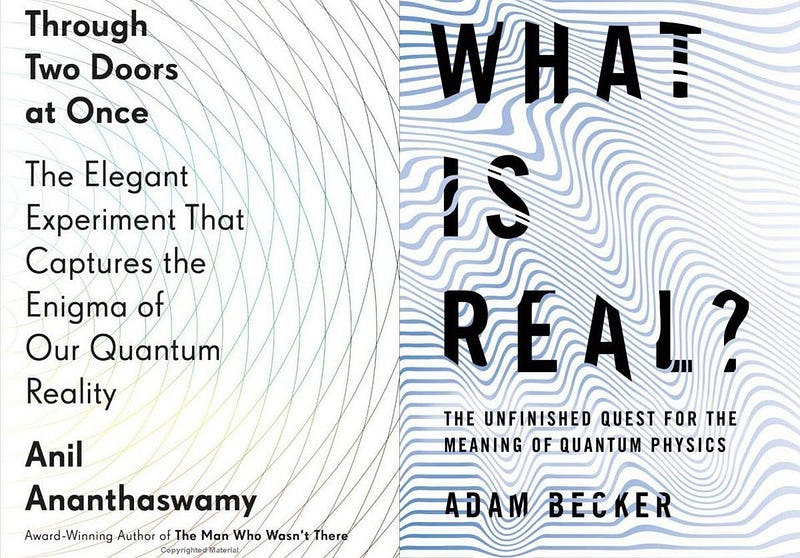
Honorable mentions: Through Two Doors At Once by Anil Ananthaswamy and What Is Real? by Adam Becker. It was tough to choose between these three books on quantum physics as which one is the best. Ananthaswamy’s book is simply an outstanding exploration of the double slit experiment and what makes it so weird. Becker’s book explores the many different interpretations of quantum mechanics and how their conceptions of reality are so vastly different from one another.
Yet both books excel at connecting these big ideas with experiments that can actually be (and in many cases, have actually been) performed in a laboratory setting. Ananthaswamy will make you wonder at how spectacularly weird and unintuitive the Universe is, while Becker works hard to make you feel the discomfort at how little we know about the true nature of reality. While I may have strong opinions about quantum reality myself that Becker would probably recoil at, I still found his book interesting and a very worthy read.
In most years, we don’t get even one good book about quantum physics. This year, we had three great ones.
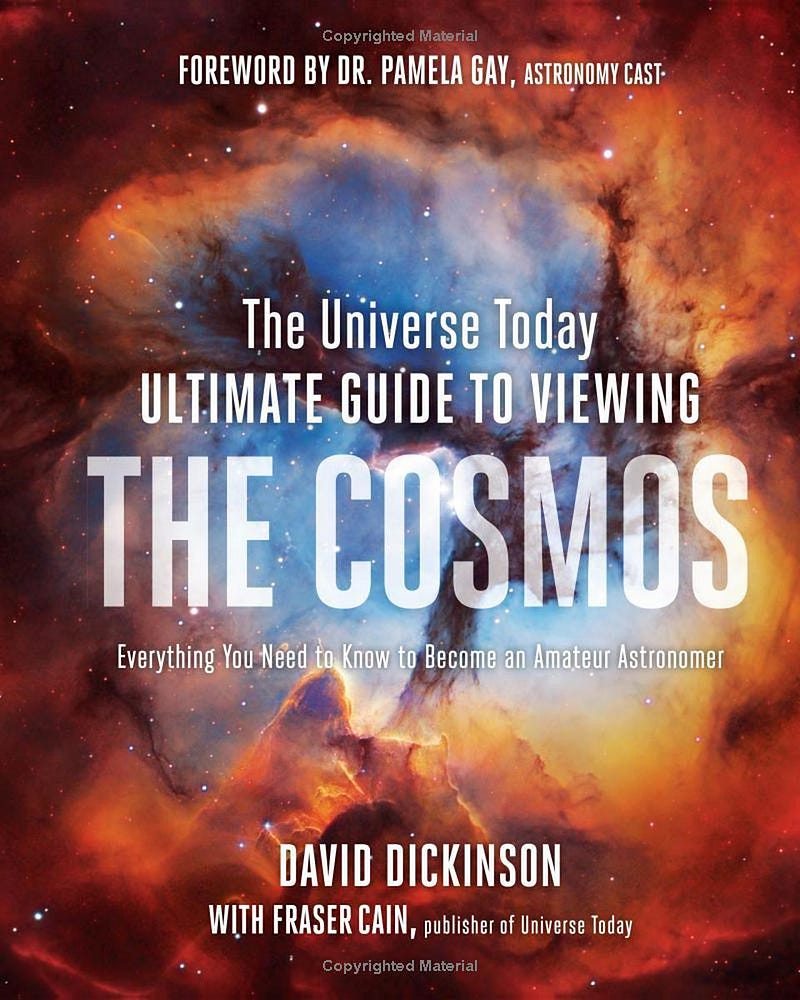
Best amateur astronomy book: The Universe Today Ultimate Guide To Viewing The Cosmos by David Dickinson and Fraser Cain. Have you ever looked up at the skies and just stood there in awe? Have you felt that feeling of wanting to know more, but felt intimidated to even know where to begin looking? Did you get a telescope at one point and now it just sits there collecting dust after a disappointing first excursion with it?
If so, this is the book for you. It will meet you wherever you are: at your own comfort level, and help you take that next step towards experiencing the wonders of the night sky for yourself. If you love the idea of astronomy but don’t think you have what it takes to put that love into practice, this book will be your guide to making your dreams of experiencing those wonders for yourself come true.
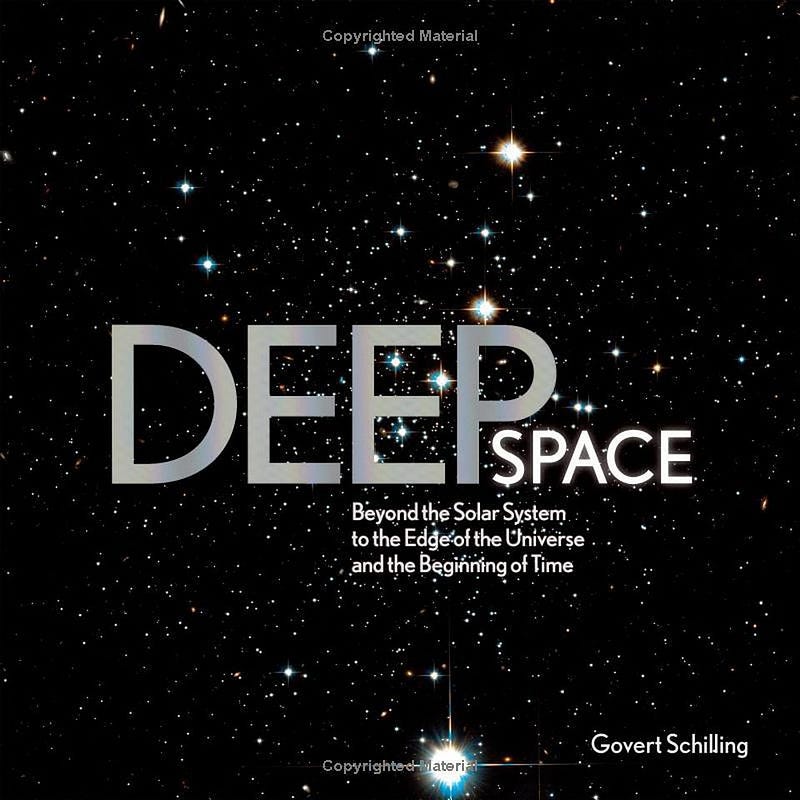
Honorable mention: Deep Space by Govert Schilling. This book isn’t new (it’s a couple of years old), but it is absolutely spectacular for the overview of the objects in the Universe, what they are, and how we view them. Suitable for a nine-year old with an interest in space all the way up through an adult who wants to catch up on the latest developments, images and understanding of all the various objects in the Universe, this book serves quadruple duty:
- as a fascinating cover-to-cover read for anyone,
- as a refresher on the latest development for all sorts of classes of object,
- as a delightful “open-it-to-any-page” and not only learn something about the Universe but see a beautiful collection of images related to it,
- and as an enticing ornamental piece for any living room, for those of you who love coffee table books.
It’s beautiful, it’s smart, and it’s pretty comprehensive, covering scales from planets to nebulae to star clusters to galaxies and the largest structures of all. If you love space, you won’t regret picking this up!
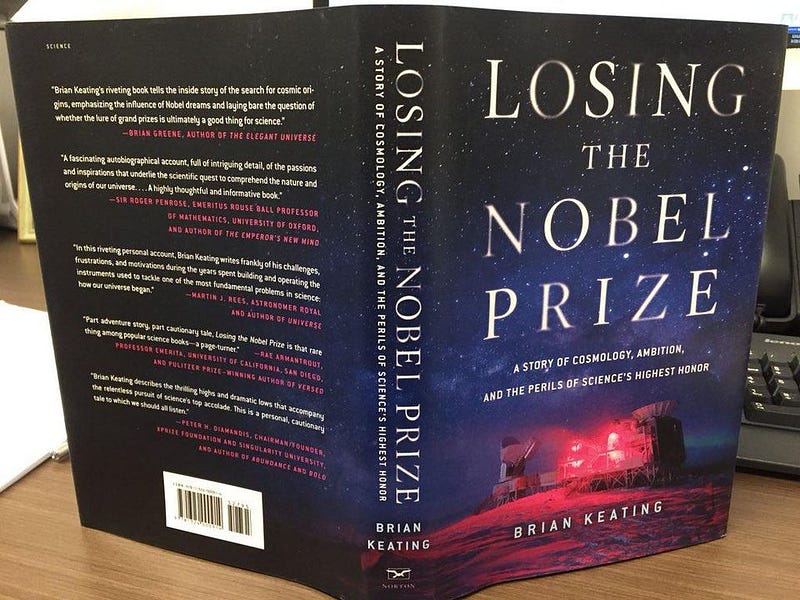
Best story of scientific failure: Losing The Nobel Prize by Brian Keating. You’ll find this book on a lot of year-end lists, but it’s on mine for a very different reason than most. Sure, you can learn about the quest for discovering gravitational waves left over from inflation, the pressures of being an experimental/observational scientist, and the problems with how science is done and rewarded and punished; those are all in there. You can learn of Brian’s very personal journey through triumph-turned-tragedy and the backstabbing culture of the field.
But for me, the most interesting part is trying to pick out the lessons of what we overlook and the mistakes we make that we don’t even recognize. Science requires that we pay attention to detail; that we be careful; that we learn from our mistakes and don’t make the ones we ourselves are most critical of. It’s a great lesson about the flaws we are aware of, while simultaneously being a great demonstration of the flaws we have but miss. There are cracks in how we both do and communicate science, but at the same time, they’re peanuts compared to what we do and get right. Brian’s book offers a chance to see it all.
You can find my full, in-depth review of Losing The Nobel Prize here.
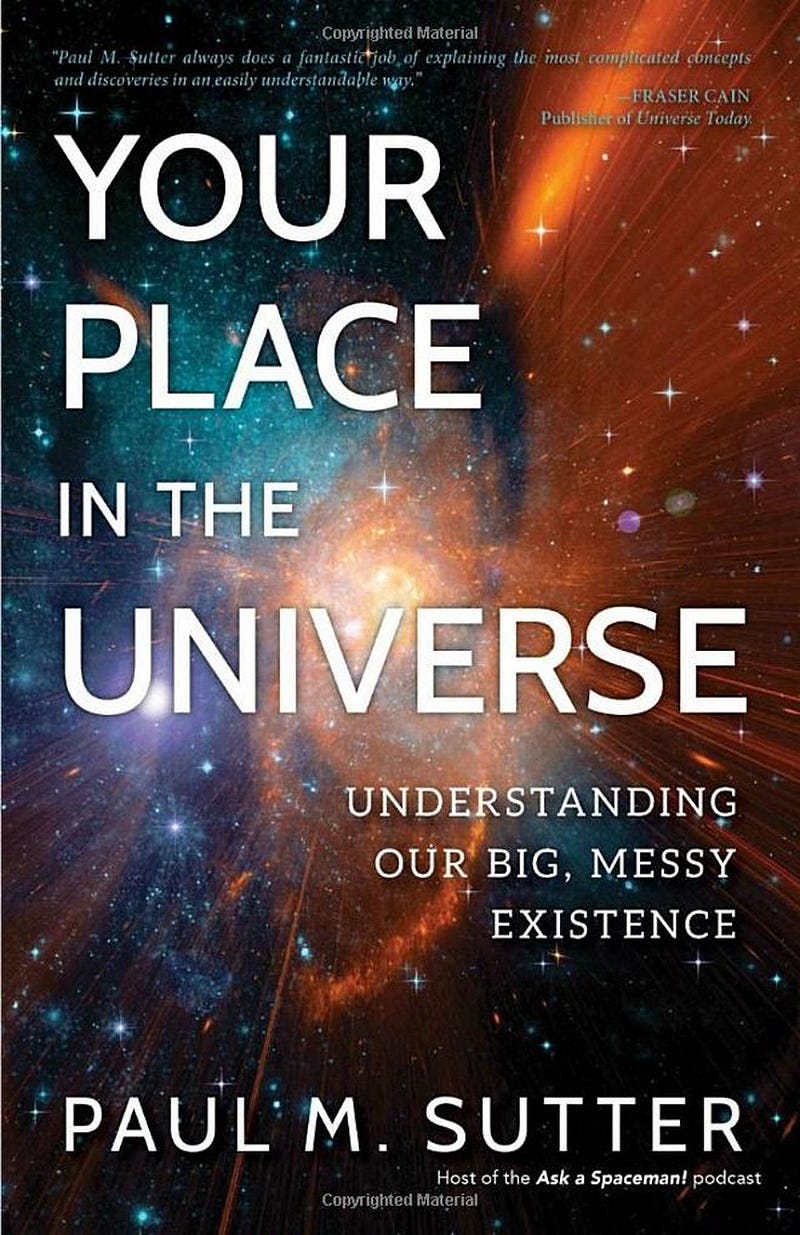
Best book encompassing all of what’s out there: Your Place In The Universe by Paul Matt Sutter. It’s a rare gift to be able to write the way you speak, and Paul Sutter has used that talent for good. Combining this smart and straightforward communication style with expert-level knowledge about the Universe and our place in it, Your Place In The Universe offers a grand tour of what we know and how we know it in a fashion that’s incredibly easy to read.
If you were someone who was ever intimidated by physics or astronomy — if you feel very, very small in the face of the enormity of all of existence — this book will put you at ease and make you glad you spent time with it. Your Place In The Universe is a great book for anyone who loves space and the cosmic story of how we discovered what we know, and appreciates a friendly guide who takes them through it.
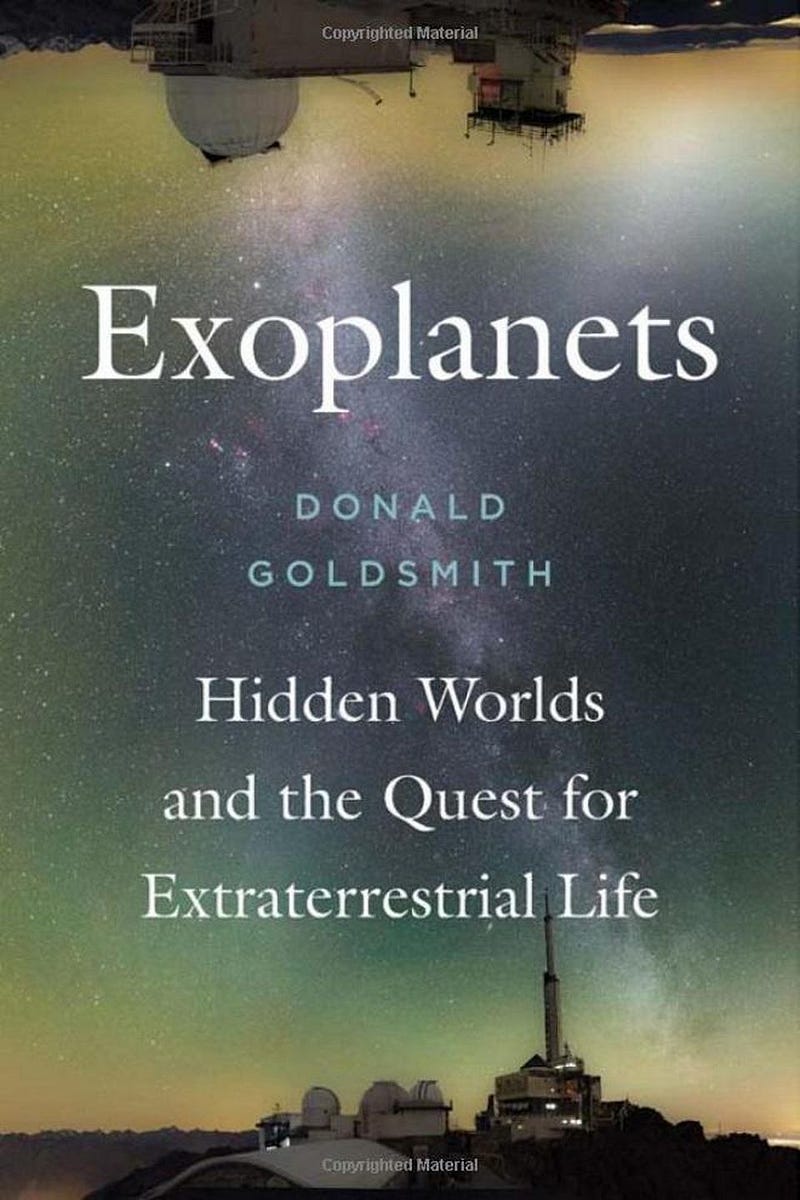
Honorable mention: Exoplanets by Donald Goldsmith. If you were to ask someone 30 years ago about planets around stars other than our Sun, you would have gotten a lot of speculation and hopefulness about finding them in the future. But back then, we didn’t know about the existence of even one world beyond our own.
That’s no longer the case. In terms of what’s out there, how we discovered it, and how that’s changed our view and understanding of the planets out there in the Universe, Exoplanets by Donald Goldsmith does a remarkable job of covering what we know, how we learned it, what it means and what comes next. We are closer than we’ve ever been for discovering the first evidence of life in another Solar System. Come learn where we are on that quest with this book.

Best popular book on modern physics: Breakfast With Einstein by Chad Orzel. When you wake up in the morning to your alarm clock, make that first cup of coffee and smell that aroma, the last thing you probably think about is the physics underlying it. In his own sensory-oriented style, Chad does a remarkable job of tying in some of the deepest, most fundamental concepts in all of physics with the everyday objects we interact with in our modern world.
Many physics majors or professional physicists will recognize the experiments and discoveries he brings up, but the real strength of this book is how it ties in with the everyday phenomena we often take for granted. There’s a lot of quantum physics in the everyday world, and this will open your eyes (and mind) to an awful lot of it. My biggest complaint? There’s relatively little of Einstein that makes it into the book. But that’s not really a complaint; physics is just too interesting for one person, even the greatest physicist of all-time, to have done it all.
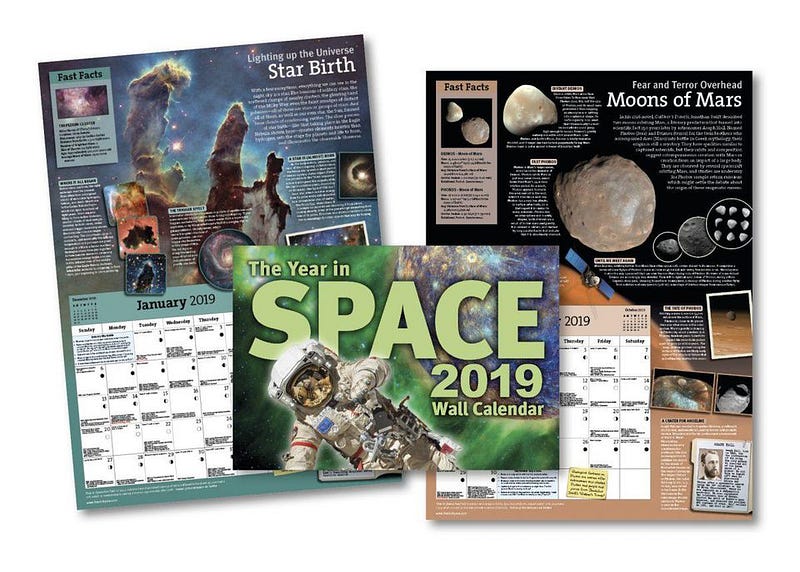
Best calendar: The Year In Space 2019 (Wall Calendar). Every year, I take a look at all the calendars that highlight the joys and wonders of the Universe. And every year, no calendar comes close to the Year In Space’s wall calendar. Every month gives you:
- dozens of astronomical and historical events,
- astronaut/astronomer biographies,
- fun facts and images about nebulae, planets, galaxies, or other deep-sky objects,
- and a gorgeous, glorious main image that’s huge!
For barely a dollar-per-month, this wall calendar will put you just a little bit more in touch with the Universe than you were before. The only warning I have is that, like me, you might get hooked and want one for yourself each year!
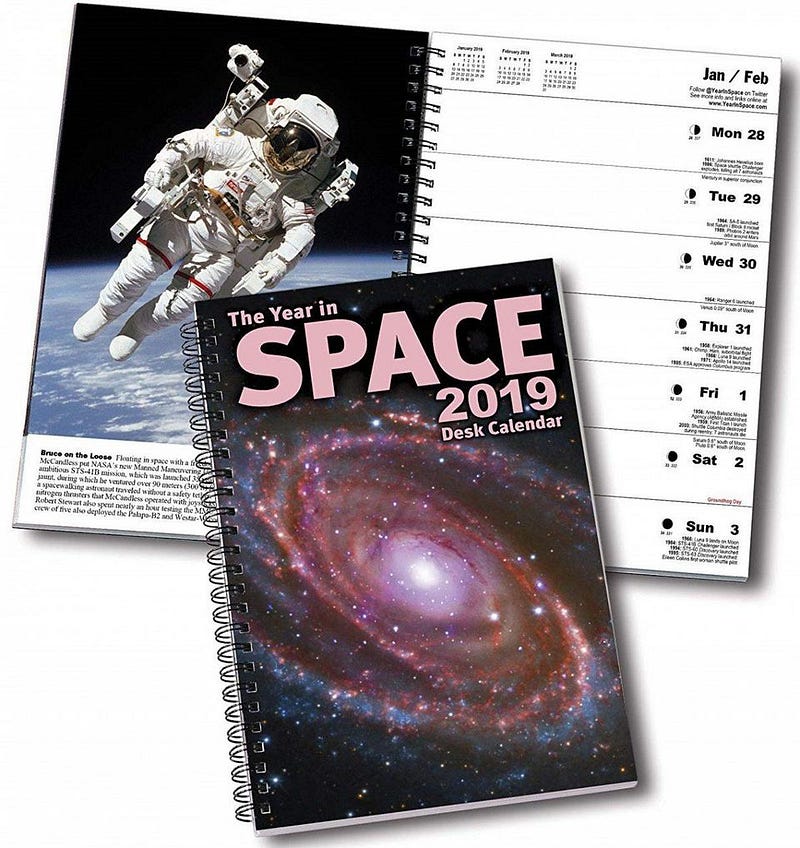
Honorable mention: The Year In Space 2019 (Desk Calendar). Hate walls? Hate putting stuff on them? Try the desk calendar instead! It’s not as big and doesn’t let you see as much at once, but it’s just as informative, has a whopping 53 pictures and captions inside, and allows you plenty of room to write your events or reminders each day. If you’re a desk calendar person, this is the best one by far!

Best piece of apparel: The Moon Hat by Daniel Cummings. Do you have a head? Do you need to keep it warm this winter? Why not add a bit of style while you do it, and consider adding this simple but very high-quality hat to your rotation. The instructions are incredibly simple: put the hat on with the “new” phase facing your forehead, face the Sun, and the Moon will be located in the direction that its current phase points! (The instructions are conveniently sewn inside if you forget.) These instructions can be conveniently reversed to find the Sun’s location at night, too. One of the things I love about this hat is it is both warm and comfortable, and is now my favorite black hat to wear in the winter. (I like a brown hat, too. Matchy matchy, you fashionistas.)
You can also buy it direct from the creator here and find out more about it in his own words, here.

Honorable mention: James Webb Space Telescope Courier (i.e., Laptop) Bag by ThinkGeek. If you’ve been following me for any amount of time at all, you’ll be well aware that I’m a huge fan of the James Webb Space Telescope and what it’s going to do for revolutionizing our understanding of the Universe. (It was also my Halloween costume this year!) Well, now you can wear it on your shoulder with a strong, sturdy, stylish laptop bag! Laptops up to 17″ can fit inside (but check the specs on yours first), and so can other things like books, sandwiches, or a fine-guidance-sensor if that’s your jam. It’s a great way to show off your love for space, science, and NASA while still being functionally high-quality and robust. (And the strap has the NASA meatball on it.)
Whatever your needs are this holiday season, don’t forget to wonder at the Universe and enjoy all that it has to offer. It’s yours to understand, and these gifts are all great ways to expand your awareness and appreciation of all that we’re learning, doing, and exploring.
Note: Ethan Siegel received review copies of many of these items for free. But he really does hang that wall calendar, wear that hat, and carry that laptop bag.
Ethan Siegel is the author of Beyond the Galaxy and Treknology. You can pre-order his third book, currently in development: the Encyclopaedia Cosmologica.




